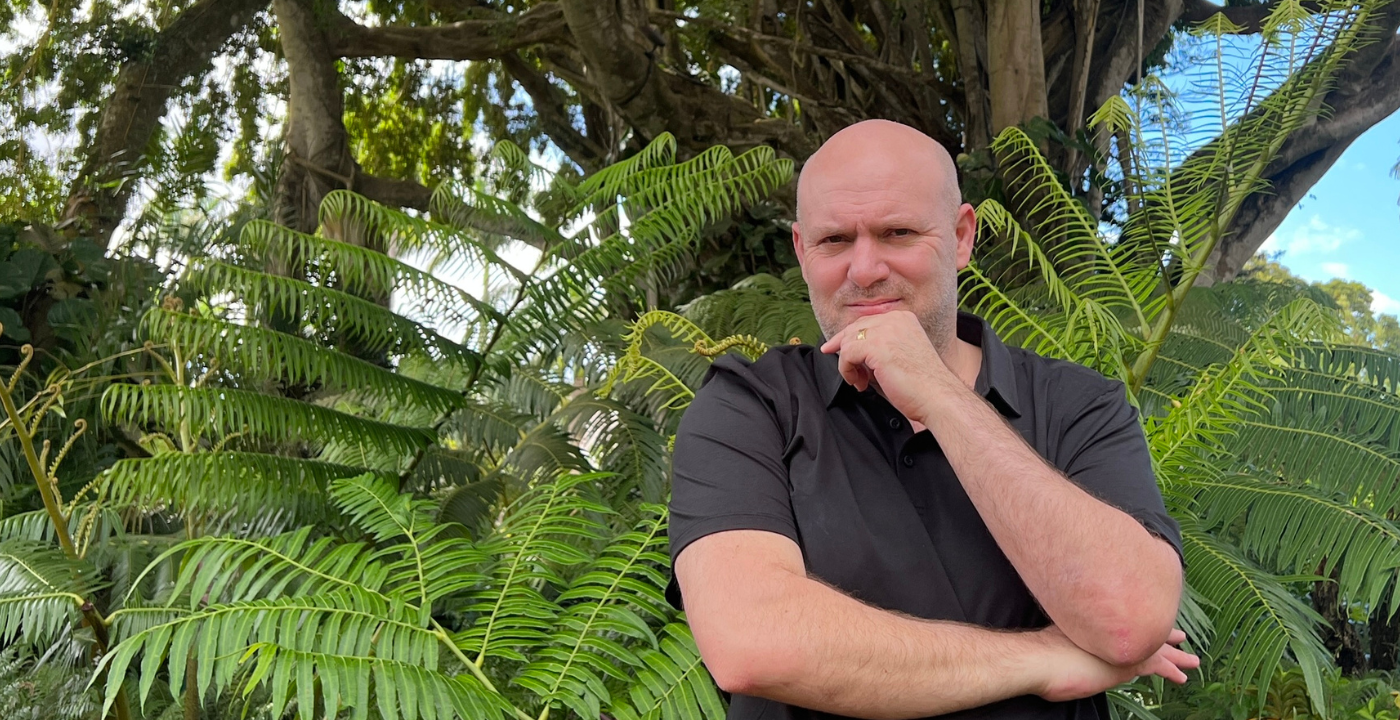There's only a few deposits in the world that have ever been discovered.
Now, when we go, what can compete with the Santa Maria aquamarine? There's only a few deposits in the world that have ever been discovered. You know, surprisingly, Indian Aqua that's discovered in India actually produces some amazing fine colors. We got some amazing colors out of India, of Aquamarine, most on the eastern part of India along the east northern coast. We found some amazing Aqua coming out of there. I won't say it's as good as Santa Maria, because it's not, but you get the better shades of color. So let's say, for example, on a scale from 1 to 10, most Aqua will range in the color depth of 1 to 5, and that is already with 5 being extremely good color in the retail sector. That's like the best you'll ever see in retail. Once you get the 6 and 7, that is sort of borderline what people like to call Santa Maria. 6 to 7: you can get that kind of color out of India, right. But 7, 8, and 9—predominantly, once again, Santa Maria. hard to get that color. Not a lot of mines in the world produce that saturation. And that is why Aquamarine is constantly—the search is on to find this depth of color, which doesn't really exist in most mines or most locales across the world, because it's not even like ruby, where you can mine 100 kilos and you might get 1 gram that's good quality ruby. With Aquamarine, you can mine 10 tons and never see a deep color Aquamarine. There’ll just be none there at all. Zero, nada, nothing.
And that is the reality of Aquamarine and the complication. And that's why deep saturated colors are very, very coveted, especially when they're clean. Now, we do get deep blue out of another mine. And it's really funny because when they coined the phrase of this mine, I was in this deposit. 20 years ago, I was the first guy to get in there. I pretty much discovered that area of Mozambique. And what they call it now with the new mining is Santa Maria, you know, Santa Maria Africana. I mean, it's almost laughable, but it is what they call this material because it is really good color—identical to Santa Maria, but it comes from Africa. So it's cool, right? The new miners call it Santa Maria Africana. It looks very similar to its Brazilian counterpart in Santa Maria, but it has more of a greenish hue to it. You know, it's not as vivid blue as the material that comes out of Santa Maria, that location. But it is very, very fine quality. Very, very fine quality. And, you know, this type of material also goes for the thousands per carat, just due to the fact that that vivid depth of color is something that is really, really difficult to find.
And there have been other discoveries through Africa where we have found good blue color, but they tend to have little black spots in them. You know, if you go under a loop or under magnification, you'll see black spots within the crystal structure. Now, it doesn't really deter from the beauty because you can have an amazing, knockout 5.00 carat Aqua, but because of those little—we call it “black rain.” Within the crystal structure, you'll actually get some haziness to it. You don't really notice it too much with the naked eye, but it obstructs luster because it's not a perfectly clean crystal. Therefore, that pop coming off of the back facets is not that vibrant, it's not that intense, it's not that explosive. And what you want out of your Aqua is you want blue, but you want bling, bling, bling, bling and blue, blue, blue. So you'll never get deep blue. There's no such thing as like a royal Aqua. There's no such thing as like a royal Sapphire blue or, you know, anything like that. Aquamarine doesn't go that depth of color, but you can get nice, vivid, medium blues that still sparkle. Aquas, you can always see into the stone. They're never that dark that you can't see into the stone like you'll see with Sapphires, etc. But they are really attractive, dispersive gems.



